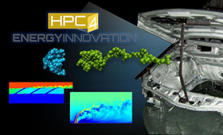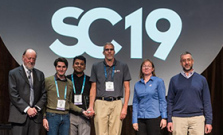
A panel of judges at the International Conference for High Performance Computing, Networking, Storage and Analysis (SC19) on Thursday awarded a multi-institutional team led by Lawrence Livermore National Laboratory computer scientists with the conference’s Best Paper award.

Lawrence Livermore National Laboratory (LLNL), along with the Oak Ridge and Argonne national laboratories and Cray Inc., garnered HPCwire Readers’ and Editors’ Choice Awards for Top Supercomputing Achievement for 2019.
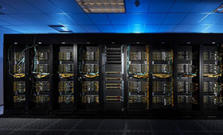
Lawrence Livermore National Laboratory (LLNL) is collaborating with Penguin Computing Inc. and graphics card manufacturer AMD to upgrade its unclassified computing cluster Corona to roughly double the amount of graphics processors (GPUs) the system previously had.

Lawrence Livermore National Laboratory (LLNL) is welcoming the newest addition to its already powerful supercomputing lineup, a commodity cluster system built by Penguin Computing Inc. that will perform vital calculations for the National Nuclear Security Administration (NNSA).

The latest TOP500 List of the world's most powerful computers was released today at the 2019 International Supercomputing Conference for High Performance Computing, Networking, Storage and Analysis (SC19) in Denver.
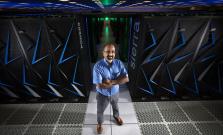
Computational Scientist Ramesh Pankajakshan came to LLNL in 2016 directly from the University of Tennessee at Chattanooga. But unlike most recent hires from universities—students, grad students, or postdocs—Ramesh made a mid-career switch from research professor to professional researcher.
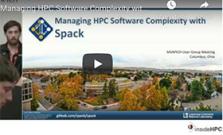
Spack is an open-source package manager for HPC. Its simple, templated Python DSL allows the same package to be built in many configurations, with different compilers, flags, dependencies, and dependency versions.

Energy Secretary Rick Perry (center) emphasized the importance of advancing high performance computing and artificial intelligence to take on a number of transformative science opportunities during a special round-table discussion held Monday at Lawrence Livermore.
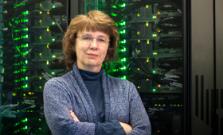
The world's fastest supercomputers will soon be left in the dust by so-called "exascale" machines. Built-in talked with three authorities about the futuristic, and future-impacting, technology, including LLNL's Lori Diachin.
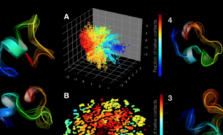
As part of the Department of Energy’s role in the fight against cancer, scientists are building tools that use supercomputers to solve problems in entirely new ways.
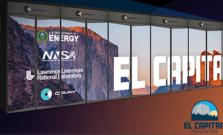
The Department of Energy(DOE), National Nuclear Security Administration (NNSA) and Lawrence Livermore National Laboratory (LLNL) today announced the signing of contracts with Cray Inc. to build the NNSA’s first exascale supercomputer, “El Capitan.”

Jingke Xu and Kathryn Mohror are among the 73 scientists nationwide who were selected for the recognition. Under the program, typical awards for DOE national laboratory staff are $500,000 per year for five years.
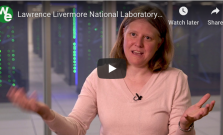
In this video, researchers describes activities at Lawrence Livermore National Laboratory’s Center for Applied Scientific Computing (CASC). Director Jeffrey Hittinger and Teresa Bailey discuss how CASC uses high-performance computing for research in the interest of national security.
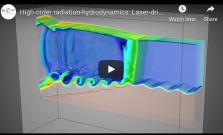
Spack is an open-source package manager for HPC. Its simple, templated Python DSL allows the same package to be built in many configurations, with different compilers, flags, dependencies, and dependency versions.
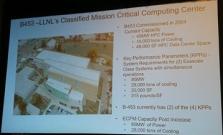
During a panel on different cooling solutions, Lawrence Livermore National Laboratory systems engineer Chris DePrater detailed the lab's plans for the B453 Simulation Facility, used to run nuclear weapons simulations as part of the NNSA's Stockpile Stewardship program.
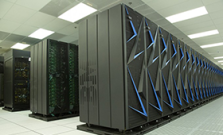
LLNL’s Lassen joined Sierra in the top 10 of the TOP500 list of the world’s most powerful supercomputers, announced at the 2019 International Supercomputing Conference in Frankfurt, Germany.

LLNL and the Livermore Lab Foundation may establish a consortium to leverage the Lab’s computing capabilities to identify causal factors for amyotrophic lateral sclerosis, or Lou Gehrig’s disease.
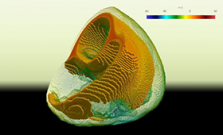
LLNL researchers have optimized a code that models the human heartbeat for next-generation, GPU-based supercomputers, with an eye on developing it for clinical settings.
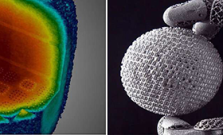
Next-generation computing systems are projected to surpass the speed of today's supercomputers by 5–10 times. This article explains OpenMP-relevant initiatives under the Exascale Computing Project.
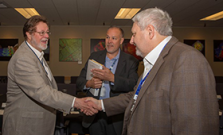
Officials from the National Football League visited Lawrence Livermore National Laboratory (LLNL) recently to hear how the Department of Energy’s (DOE) national laboratories are using high-performance computing and artificial intelligence to advance scientific understanding of traumatic brain inj

LLNL computer scientist Stephen Herbein was a student volunteer during his first SC conference. Now he's on the planning committee.

Fred Streitz explains LLNL's work to exploit the relationship between simulation and experiments to build predictive codes.

Computer scientists, biomedical engineers, cancer biologists and bioinformaticians from eight Department of Energy (DOE) national laboratories, health-related government agencies and universities converged at Lawrence Livermore National Laboratory (LLNL) March 6-7 to discuss ongoing efforts to ad

A Lawrence Livermore National Laboratory (LLNL) team has successfully deployed a widely used power distribution grid simulation software on a high-performance computing (HPC) system, demonstrating substantial speedups and taking a key step toward creating a commercial tool that utilities could us


